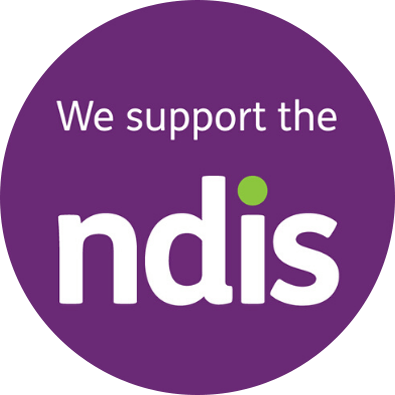Speech and Language
We can provide assistance with students that have:
- speech disorders
- tongue tie
- severe apraxia/articulation disorders
- language disorders/aphasia of varying degrees
- language learning disabilities/dyslexia
- attention deficit disorders with and without hyperactivity in conjunction with coexisting language learning disabilities
- autism/PDD
- head injury
- CAPD
What is taught?
Phonology and phonological awareness
Phonology is the study of sounds and how they work within their environment. A phoneme is the smallest unit of sound in a given language that can be recognised as being distinct from other sounds in the language. Phonological awareness is the awareness or the ability to segment words into their component sounds.
Sound-symbol association
This is the knowledge of the various sounds in the English language and their correspondence to the letters and combinations of letters which represent those sounds. Sound-symbol association must be taught (and mastered) in two directions: visual to auditory and auditory to visual. Additionally, students must master the blending of sounds and letters into words as well as the segmenting of whole words into the individual sounds.
Syllable instruction
A syllable is a unit of oral or written language with one vowel sound. Instruction must include the teaching of the six basic types of syllables in the English Language: closed, vowel-consonant-e, open, consonant-le, r-controlled, and diphthong. Syllable division rules must be directly taught in relation to the word structure.
Morphology
Morphology is the study of how morphemes are combined from words. A morpheme is the smallest unit of meaning in the language. The curriculum must include the study of base words, roots, and affixes.
Syntax
Syntax is the set of principles that dictate the sequence and function of words in a sentence in order to convey meaning. This includes grammar, sentence variation and the mechanics of language.
Semantics
Semantics is that aspect of language concerned with meaning. The curriculum (from the beginning) must include instruction in the comprehension of written language.








